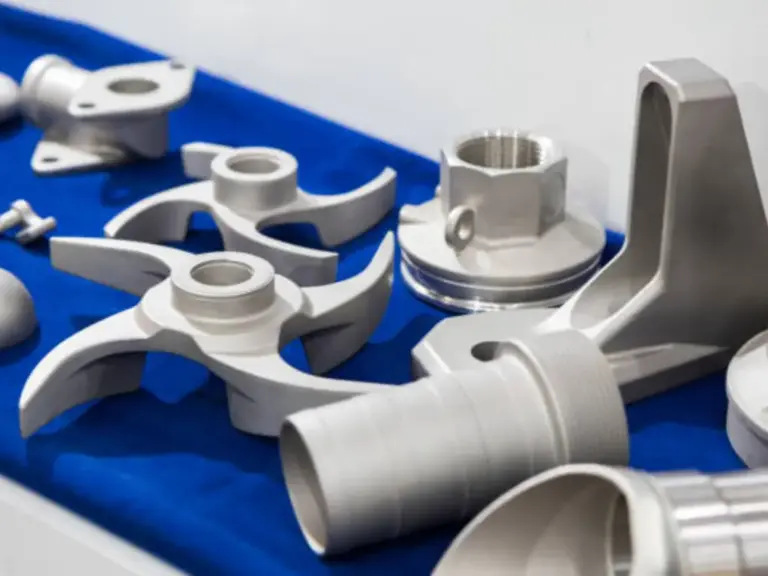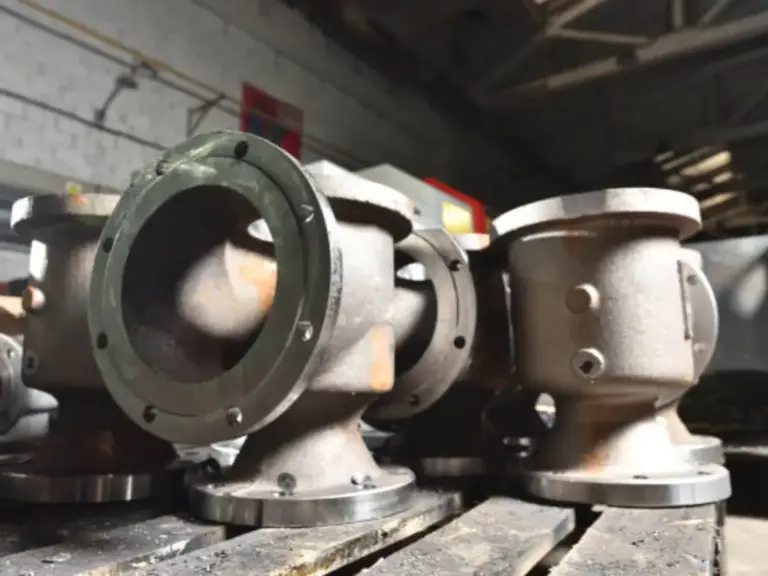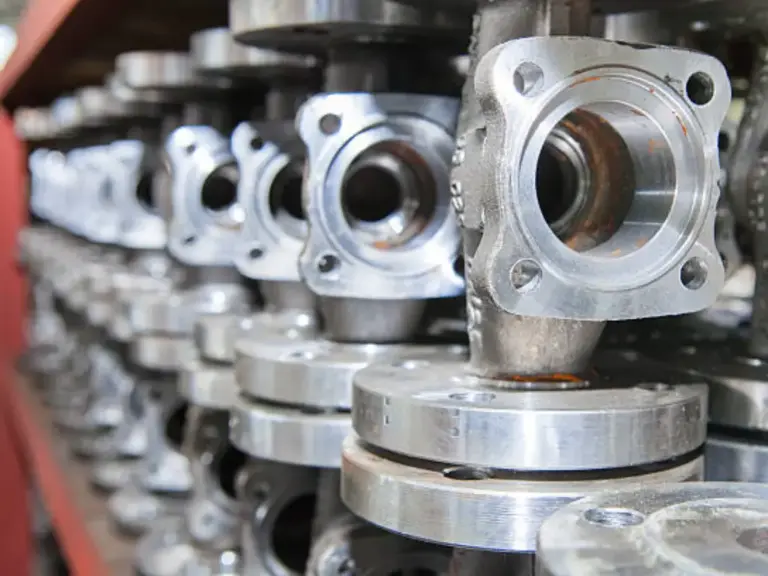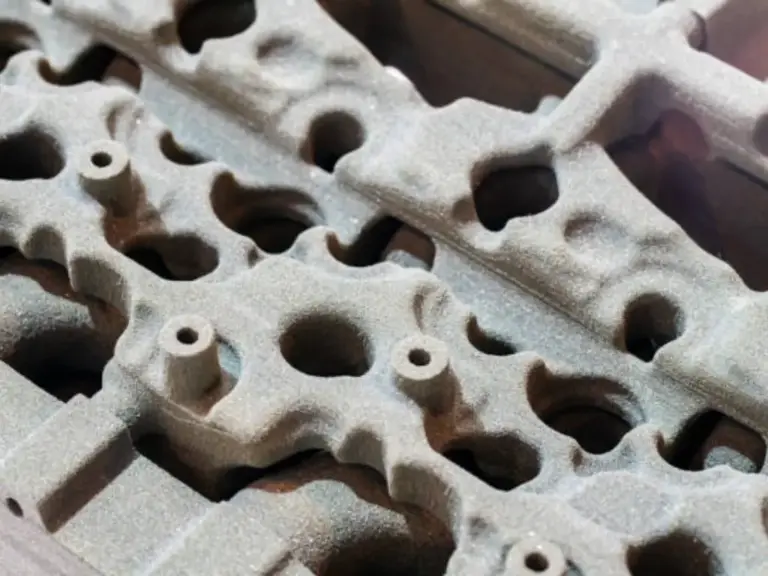Introduction
Choosing the right metal casting process is one of the most critical engineering decisions you will make. Make a wrong move and you are likely to experience disastrous budget overruns, endemic quality flaws and extreme production delays. Get it right and you are guaranteed efficient, scalable and successful production.
Although the idea of casting, which is pouring liquid metal into a mold, is straightforward, the techniques are not. All casting processes, including sand casting and die casting, have enormous trade-offs in terms of tooling cost, speed of production, mechanical properties, and accuracy.
This is a guide to engineers, designers and procurement specialists who must make that decision. We are not going to simply enumerate the various forms of metal casting; we will cut them apart and compare them, giving you a clear outline that will enable you to choose the best process to use in your project.
The Two Families: Expendable vs. Permanent Molds
Almost all metal casting processes can be classified into two broad categories, which are determined by the life of the mold itself. The first step in navigating your options is to understand this basic division.
- Expendable Mold Casting: In this type, the mold is one-time and is destroyed to access the cast part. These molds are usually constructed using materials such as sand, plaster or ceramic. The major benefit is that the geometry of the part can be much more complicated; the fact that the mold is removed means that there are no constraints on the part being forced out of a fixed, solid cavity. This family consists of sand casting process, investment casting and plaster casting.
- Permanent Mold Casting: This category, as the name suggests, involves a reusable mold, commonly referred to as a die, machined out of metal (usually tool steel or cast iron). This metal mold is made to open and close, ejecting the part and ready to repeat the cycle. Initial tooling costs of producing this durable mold are high, but the production speeds and the cost per part are extremely high, which makes it suitable to use in mass production. Die casting and the so-called permanent mold casting are a part of this family.
Exploring Key Expendable Mold Processes
The expendable mold family is incredibly versatile, with the ability to produce parts of any size, whether one giant ship propeller or a small, complex turbine blade.
Sand Casting: The Versatile Workhorse
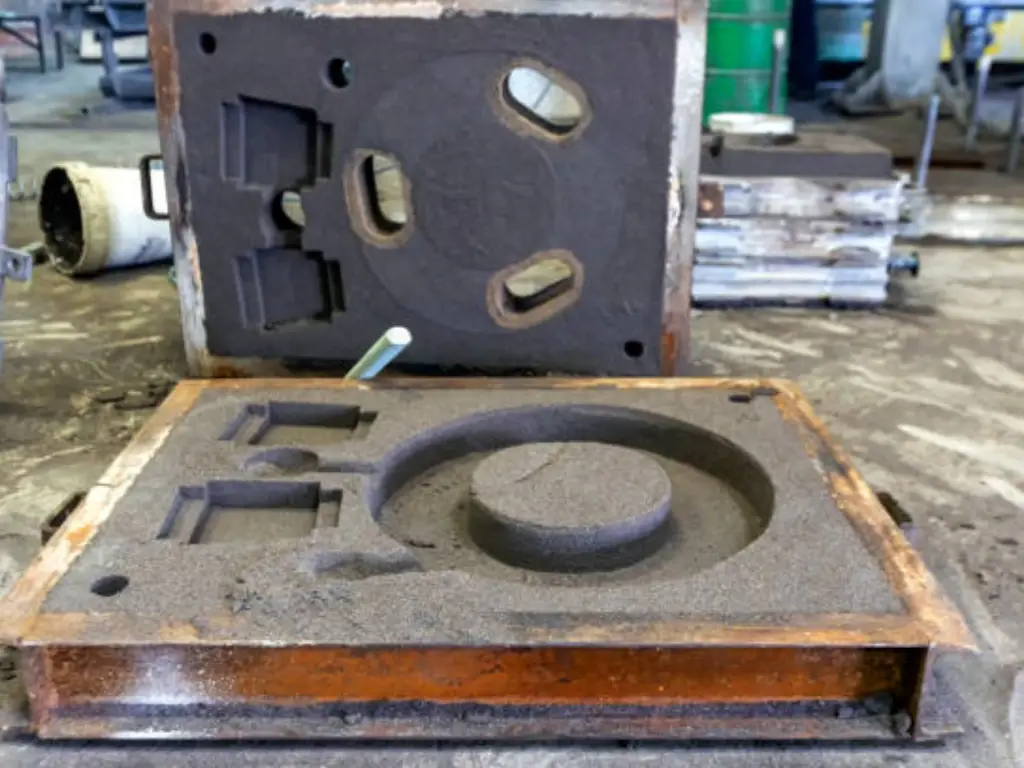
The most common of all the casting methods is sand casting. It is simple to do: a pattern (a copy of the finished part) is pressed into a ready mixture of sand and a binding agent to form a sand mold.In case the part has internal voids, sand cores are inserted into the mold. The molten metal (either ferrous such as cast iron and steel, or non-ferrous aluminum alloys) is then poured into the mold. The sand mold is broken off after solidification.
- Advantages: The main advantages are very low tooling prices and vast flexibility. It is among the few processes that can economically manufacture very large parts (weighing many tons) and one-off prototypes. It is capable of working with complicated shapes and alloys that have very high melting points.
- Disadvantages: The trade-off is precision. Sand casting normally produces a poor surface finish and lower high dimensional accuracy than other processes, and may need extensive post-process machining. It cannot be applied to thin walls. It is a base procedure of components such as engine blocks and cylinder heads.
Investment Casting (Lost Wax): The Precision Specialist
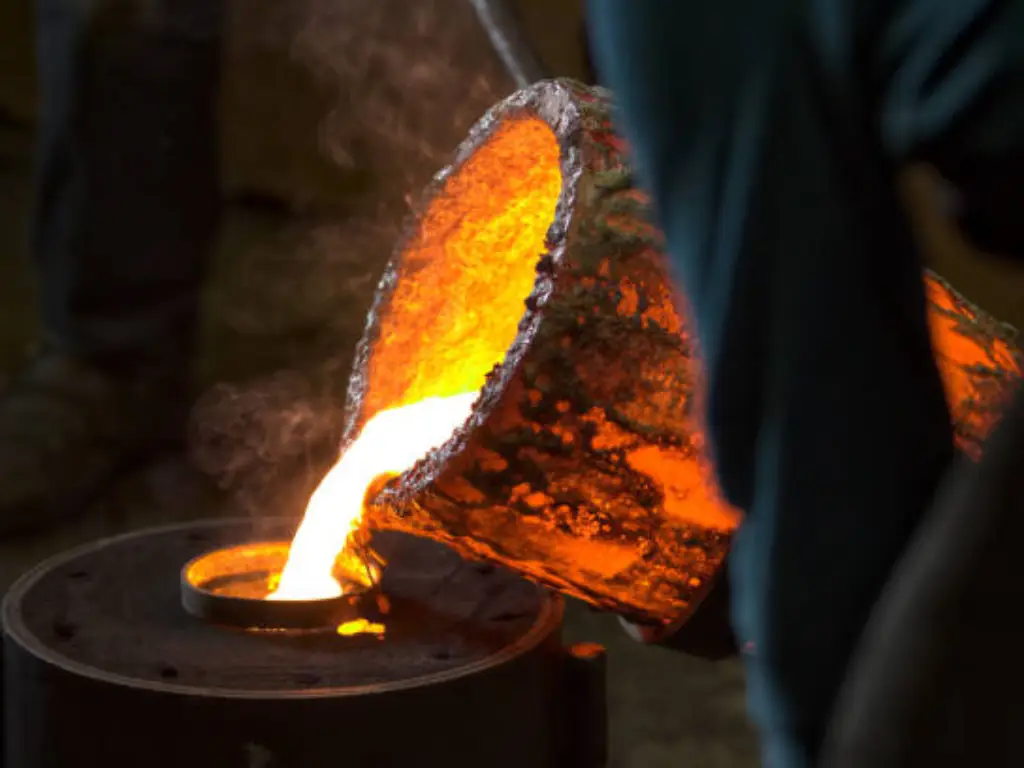
Lost wax casting or simply wax casting Investment casting is a process characterized by high detail and precision.
It does not start with a mold, but with a wax pattern, a perfect duplicate of the part. This is dipped into a slurry of refractory material several times to form a hard ceramic shell. After the shell has been cured, the wax is melted away (so-called lost wax), leaving a one-piece mold cavity. This pre-heated shell is then filled with molten metal. Once the ceramic shell has cooled, it is broken off and a near-net-shape part is left.
- Advantages: nvestment casting provides high accuracy, excellent surface finish, and capability to create very complex components and complex shapes with complex features and thin walls that cannot be created by any other process in a single component.
- Disadvantages: This precision is expensive. Multi-step processes are more time consuming and costly than sand casting and tooling of the original wax patterns may be expensive.
Lost-Foam & Shell Molding: Other Expendable Options
Two other notable expendable methods offer a middle ground:
- Shell Molding: This is a type of sand casting in which sand combined with a thermosetting resin is poured over a heated mold. This forms a thin hardened shell as the mold. Shell molding provides a superior surface finish and accuracy compared to conventional sand casting and is appropriate in small parts in medium volumes.
- Plaster Mold Casting: This is the same as sand casting except that the slurry is made of gypsum or plaster of paris that is poured around a pattern. It is a great plaster casting technique, and gives a very smooth finish to the surface, but is usually restricted to lower-melting-point non-ferrous alloys, such as aluminum and zinc, since the plaster mold cannot survive the heat of ferrous alloys.
- Foam Casting: This is also referred to as the lost-foam process, which is similar to investment casting except that a polystyrene foam pattern is used in place of a wax pattern. The mold is left with the foam pattern and vaporized immediately the molten metal is poured into the mold.
A Look at Major Permanent Mold Processes
Permanent molds are the only economic choice when the volume of production reaches thousands or millions. These processes are characterized by speed, repeatability and precision.
Die Casting (HPDC & LPDC): The High-Volume Champion
The king of mass production of non-ferrous metals is the die casting process. High pressure die casting (HPDC) is a process that involves the pressure of molten metal into a steel mold cavity (or die). This pressure is maintained until the metal solidifies to produce a part that is of excellent detail and high dimensional accuracy.
- Advantages: Unsurpassed speed of production, low unit cost, and a good surface finish. It is ideal in mass production of small parts with thin walls like electronics enclosures, automotive components and hardware. It is very effective with magnesium alloys and aluminum alloys.
- Disadvantages: The first drawback is that the initial tooling costs of the steel dies are very high and may be in hundreds of thousands of dollars. It is also restricted to non-ferrous alloys because the high temperatures of steel or cast iron would melt the mold.
Permanent Mold Casting: The Gravity-Fed Middle Ground
This mold casting process is a simpler relative of die casting. It uses reusable mold (a metal mold made of steel or iron), but molten metal is poured using gravity rather than high pressure.
- Advantages: It has a superior mechanical property and surface finish than sand casting because of the quick solidification relative to the metal mold. Tooling is cheaper than die casting and is applicable in moderate volumes of production.
- Disadvantages: It is slower than die casting and is not able to produce the same amount of fine detail or thin walls.
Centrifugal Casting: For Cylindrical Parts
Centrifugal casting is a very specialized technique that is employed to make hollow cylindrical components. A permanent mold is rotated at a high rate with the molten metal being poured in. The centrifugal force causes the metal to be evenly distributed against the walls of the mold, forming a highly dense fine-grained structure devoid of impurities.
- Advantages: This is the best way of making high-integrity components such as pipes, tubes, cylinder liners, and rings. The end product is of good mechanical properties.
- Disadvantages: Its application is limited almost exclusively to cylindrical shapes.
Comparison Matrix: A Head-to-Head Analysis
To choose the appropriate casting method among these various types of casting, one has to make a direct comparison. The following table summarizes the most common trade-offs in the most common processes.
| Process | Tooling Cost | Unit Cost (High Vol) | Surface Finish | Dimensional Accuracy | Max. Part Complexity |
| Sand Casting | Very Low | High | Poor to Fair | Low | High |
| Investment Casting | Medium | Medium-High | Excellent | Excellent | Very High |
| Shell Molding | Low-Medium | Medium | Good | Good | High |
| Die Casting (HPDC) | Very High | Very Low | Excellent | Excellent | Medium-High |
| Permanent Mold | High | Low-Medium | Good | Good | Medium |
How to Choose: Key Factors for Engineers
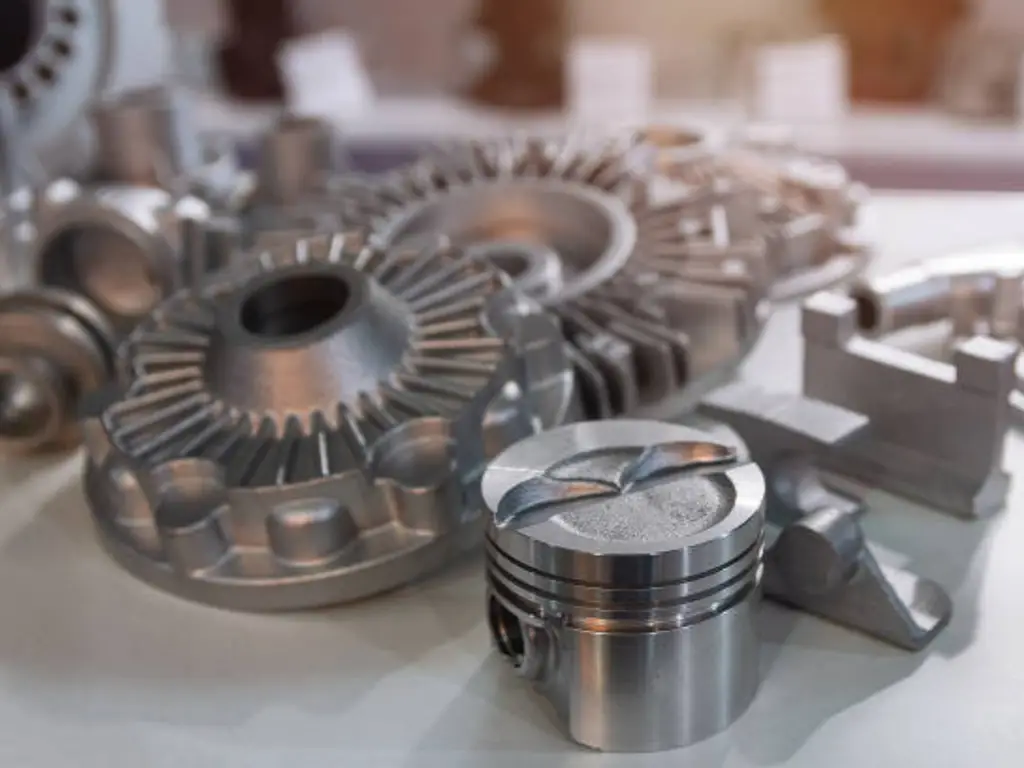
Using this information, an engineer can use a rational structure to reduce the possibilities of their manufacturing process. Ask these four questions:
What are your Production Volume and Budget?
This is the first filter. When you require 10 million parts, the expensive tooling cost of die casting is easily offset by the low part cost. Sand casting is the obvious winner if you require 10 prototypes. Investment casting often fits a middle ground, offering moderate tooling for moderate volumes.
What is your Material Requirement?
What kind of metal are you working with? If you need steel or stainless steel (ferrous alloys), die casting is automatically removed. Your main options are sand casting (large parts) and investment casting (precision parts). When you are working with aluminum, zinc, or magnesium alloys, everything is possible.
How Complex is Your Part?
Is your part complex internally channeled, non-linear, or highly complicated in form? Investment casting is the only process that can create such features as-cast. Other processes can be more cost-effective in case the part is not very complex.
What are your Tolerance and Finish Requirements?
When your component needs a smooth surface finish and high accuracy (tight tolerances) straight out of the mold, then you need to consider investment casting or die casting. The coarse finish of sand casting can be tolerated in case the part will be machined extensively in the future.
The BesserCast Solution: Mastering Silica Sol Investment Casting
Having studied the factors, engineers usually discover that they need high-precision, complex parts with an excellent finish, which leads directly to investment casting.
But not every investment casting is equal. The most sophisticated version of the lost wax casting process is the so-called Silica Sol method, and it is what BesserCast specializes in.
Although the conventional investment casting (with water glass) is efficient, the Silica Sol slurry offers a proven better end product. This refractory material slurry is more stable, gives a finer particle suspension and works well at room temperature. The ceramic shell that results in is smoother and stronger.
What does this imply on your cast component?
- Unparalleled Surface Finish: The silica sol process provides a very smooth as-cast surface, eliminating or minimizing the expensive secondary polishing or machining.
- Superior Dimensional Accuracy: We can maintain tighter tolerances than conventional investment casting, and your part is produced to the exact specifications.
- Flawless Complex Parts: This technique is the ultimate answer to parts of extremely high geometric complexity, razor-thin thin walls, and complex internal passages, particularly in difficult materials such as stainless steel and high temperature alloys.
We are not just a foundry at BesserCast (https://www.bessercast.com/), we are experts at the silica sol process. We have value in our engineering-first approach. We collaborate with you at the design (DFM) stage to design your part to be optimized to this superior process so that we can achieve complex shapes and tight tolerances that other foundries can not.
Beyond the Process: DFM and Post-Processing
The selection of a mold casting process is not the final step. Two other areas are essential to develop a successful final product: Design for Manufacturing (DFM) and post-processing.
DFM is a process of designing a part and thinking about how it will be manufactured. In casting, this implies the addition of draft angles (permanent mold and die casting), the specification of radii, and uniform wall thickness to avoid defects.
Moreover, the majority of castings need certain post-processing to improve their mechanical characteristics or final requirements. This can include:
- Heat Treatment: To relieve stress, improve strength, or increase hardness.
- Machining: To create threads or achieve critical tolerances beyond what casting can hold.
- Surface Finishing: Grinding, polishing, or coating.
Although this guide is the main techniques, other very specialized techniques are used in niche applications, including squeeze casting (pressure during solidification), vacuum casting (vacuum to force metal into the mold), slush casting (hollow objects), and continuous casting (long stocks of metal).
Start Your Project with the Right Partner
Finally, the metal casting types are merely tools. The choice of the tool and, no less importantly, the choice of the partner to use the tool is what will determine the success of your project.
The various kinds of casting may be tricky to navigate, yet you do not need to do it by yourself. It is either you are coming up with a small casting in the medical sector or a strong cast in the different industries, the engineering decision counts.
When you are analyzing and you find that you require high precision, complicated geometry, and a perfect surface finish, then your answer is Silica Sol Investment Casting. The BesserCast professionals are willing to assist you in justifying your design and making your component a reality.
Send us your drawings at https://www.bessercast.com/ to get a free DFM analysis and project quote.
